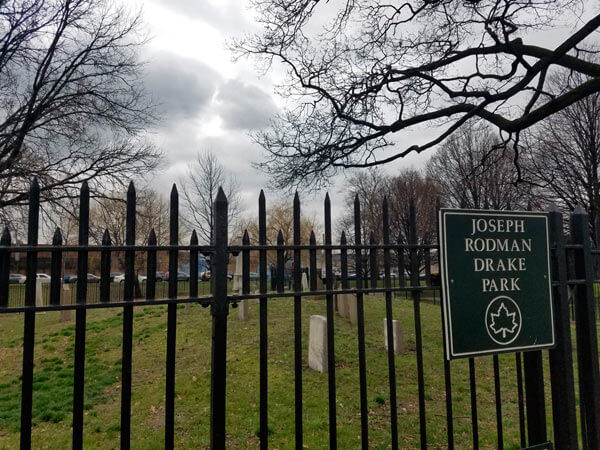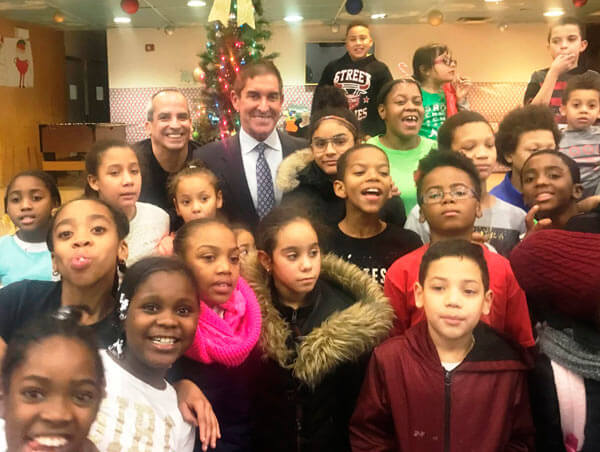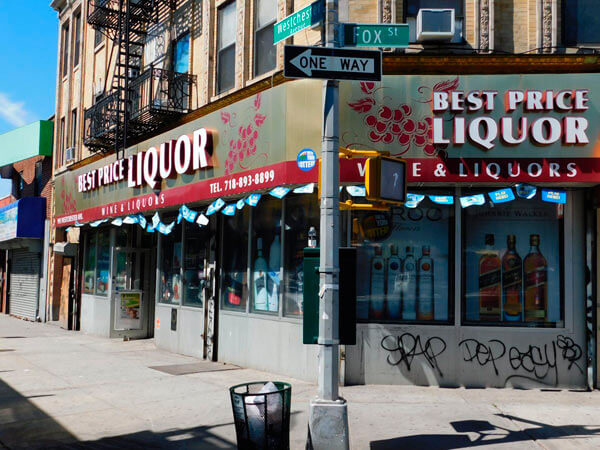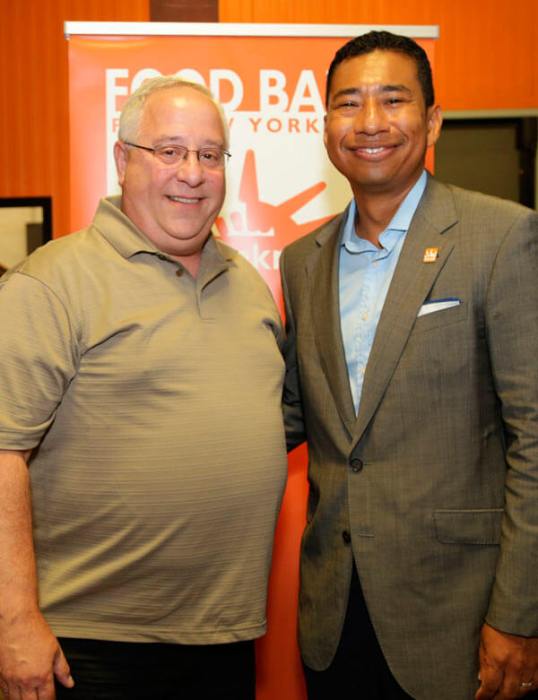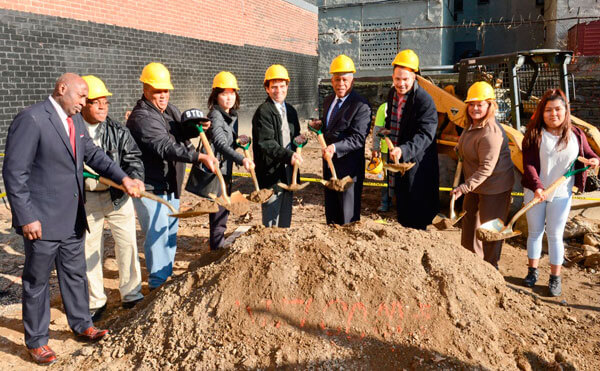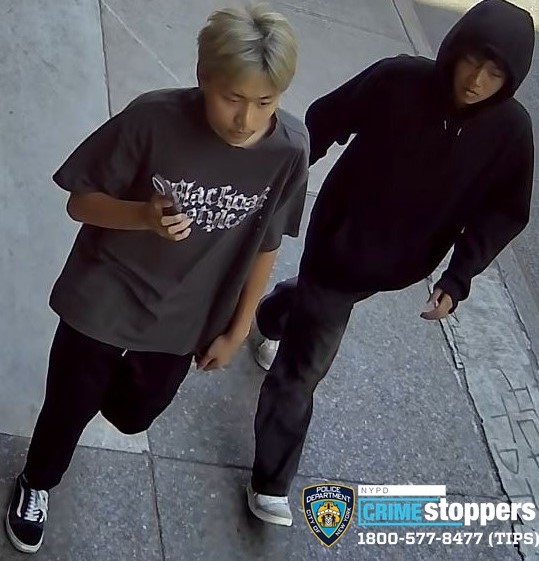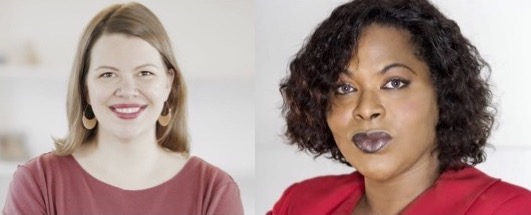A south Bronx nonprofit group is enlisting help to convert park land that holds slave burial remains into an historical and educational resource.
In 2014, teachers and students from P.S. 48 in Hunts Point were able to determine an area that is now Joseph Rodman Drake Park was once an Indian and African slave burial ground based on a photograph from 1910.
Using maps, census statistics and other historical documents, they determined over 100 African slaves had been buried under the current park in the 1800s.
Scientists from the US Department of Agriculture later confirmed human remains buried in that area using imaging radar.
In 2014 Senator Jeff Klein appropiated $180,000 in state funding to preserve and memorialize the graves.
Jesse Harris is one of the area residents who created The Organization For The Preservation of the Hunts Point Slave Burial Ground Inc., which is still in its infancy and in desperate need of additional funding.
“We on the community board wanted to preserve this and memorialize it,” Harris said. “I thought this could be a bonus for the Bronx – a part of history that is not very well known. When people think of slavery, they think of Mississippi or Alabama or parts of the south. They never think about slavery in New York.”
Harris, a member of Community Board 2, said the group’s main goal was to create a facility at the site where historical lectures could be conducted.
While a structure at the site would be ideal, Harris said even a few shipping containers could be refurbished and configured to meet their needs.
He said he hoped to eventually get interns from local colleges and maybe the students from P.S. 48 who first made the discovery to create an archeology mentoring program.
“One of my thoughts is that one of the things we lack in many of our minority communities is children interested in science,” Harris said. “Archeology would keep young people interested in their education.”
Klein’s funding for capital improvements is being held by the NYC Department of Parks and Recreation.
Harris said he hoped to see at least some of that funding go towards building and improving the park and designing the lecture area.
He said elected officials like Klein and Councilman Rafael Salamanca have advocated for additional government funding.
“Politicians have been supportive, but we haven’t seen the money,” he said.
Salamanca’s spokesman, Ryan Monell, said the organization did not meet all the prerequisites to receive city funding this year, but that the office would work with them on funding in the future.
“We certainly want to help them do the work they’re trying to do there,” he said.
CB 2 chairman Dr. Ian Amritt said the project will need another $3 to 5 million to make the project a reality.
“It requires an architect to develop a plan so we can present it to the board of the Parks Department for them to act upon,” Amritt said. “They are the conduit for any government funds given to the organization.”
Once funding is acquired, Amritt hopes to see the site identified as an historic site so they can get endowments from the federal government.
Donations can be mailed to African Slave Burial Ground Incorporated, 830 Southern Boulevard, 4th floor Bronx, N.Y. 10459.

